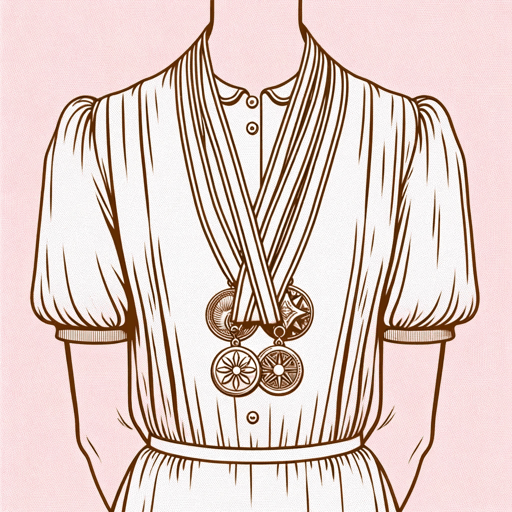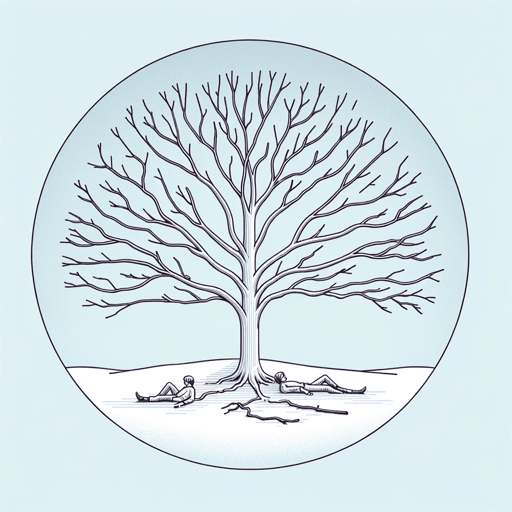27 pages • 54 minutes read
Saki, H. H. MunroThe Storyteller
Fiction | Short Story | Adult | Published in 1914A modern alternative to SparkNotes and CliffsNotes, SuperSummary offers high-quality Study Guides with detailed chapter summaries and analysis of major themes, characters, and more.
Symbols & Motifs
The “Good Girl”
In both the aunt’s boring, “stupid” story, and the bachelor’s story, there is a “good girl.” In the bachelor’s story, the good girl gains a name and becomes a significant character in her own right rather than only a symbol. However, in both stories, the good girl symbolizes the expectations of proper society in Edwardian England. It is worth noting that it is a “girl,” as girls were expected to be more obedient, quiet, and moral than boys, even of the same age and class. Adult women were often categorized with and treated like children, which makes the image of the “good girl” even more potent, intertwining subservience with women’s gender roles in general. Hints of this can be seen with the aunt, who is responsible for children who are not hers and seems to struggle with the expectation placed on her.
The good girl symbol also represents people of all ages, genders, and classes in English society, as propriety and goodness were universally expected and rewarded. However, it becomes clear as Bertha’s story progresses that this kind of obedience (such as being a law-abiding citizen) is not inherently good when the rules permit evil actions (such as the wolf’s violence).
Related Titles
By these authors





